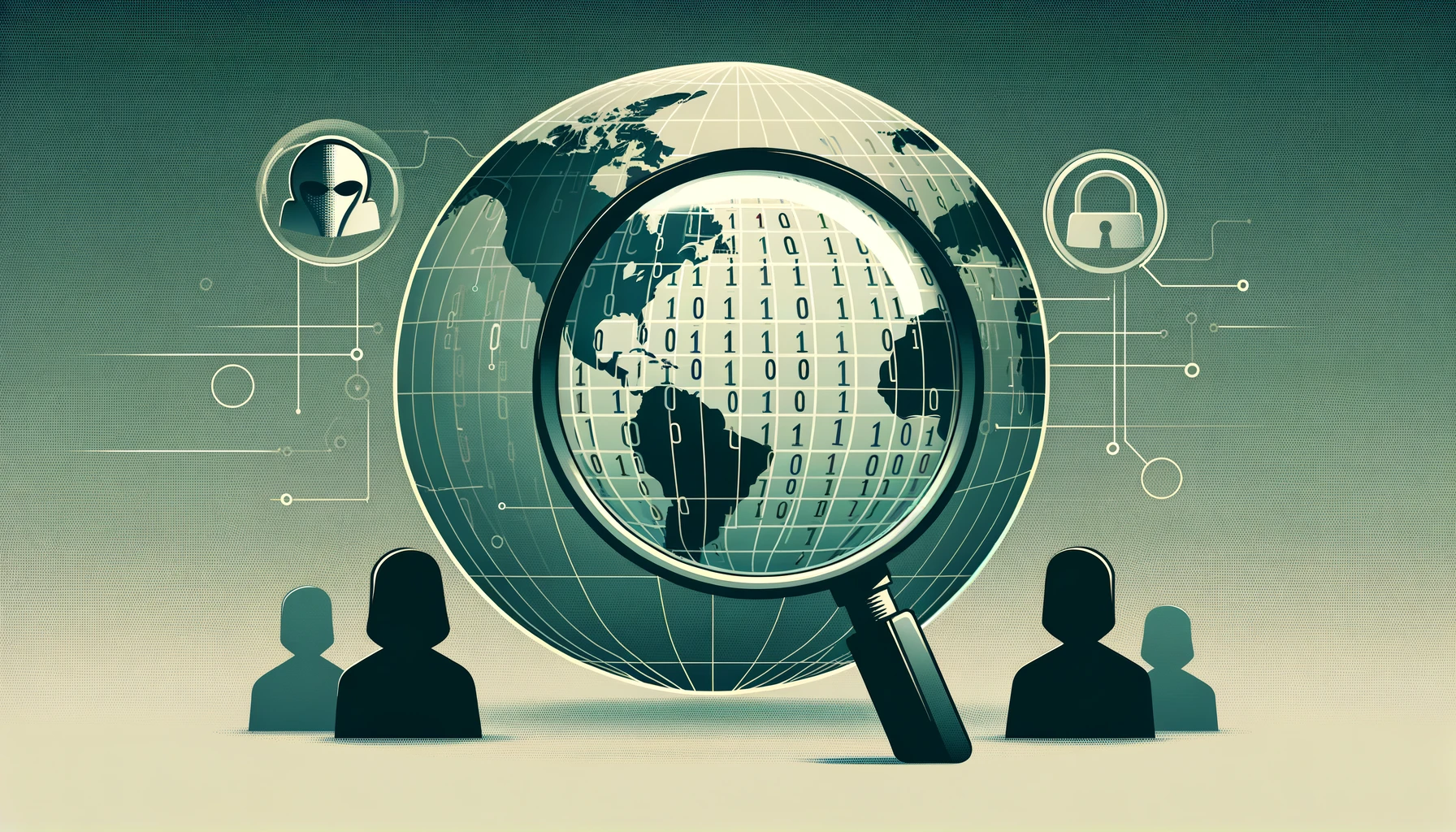
SAN FRANCISCO – In response to growing concerns about the impact of artificial intelligence (AI) on critical electoral processes, OpenAI, a leading AI research firm, has unveiled a new tool specifically designed to detect images generated by its own AI model, DALL-E. This initiative comes as experts caution that AI-manipulated media, including images, audio, and video, could potentially sway upcoming fall elections.
OpenAI’s latest creation is a deepfake detection tool aimed at identifying images produced by DALL-E 3, the newest iteration of its popular image generator. According to the company, this tool successfully identifies 98.8% of images generated by DALL-E 3. Despite this high accuracy rate, the tool is currently limited to detecting only images from DALL-E and not those from other widely-used generators such as Midjourney and Stability AI.
This release is part of a broader initiative by OpenAI to engage with the global disinformation research community. Starting Tuesday, the tool will be accessible to a select group of researchers who specialize in studying misinformation. These experts will test the tool in various real-world scenarios, providing feedback that could lead to further refinements.
OpenAI acknowledges that their new tool represents just a fragment of what is necessary to combat the complex challenge of deepfakes. The company is also actively participating in industry-wide efforts to address these concerns comprehensively.
- Partnership and Industry Collaboration: OpenAI has joined forces with major tech companies like Google and Meta as part of the steering committee for the Coalition for Content Provenance and Authenticity (C2PA). The coalition’s goal is to establish a standard that acts like a digital “nutrition label” for content, indicating how and when digital content was created or modified, including those altered by AI technologies.
- Innovative Solutions for Content Verification: In addition to detection tools, OpenAI is exploring methods to ‘watermark’ AI-generated audio. This technique would allow such content to be instantly recognized and verified, reducing the chances of misuse. The watermarks are designed to be tamper-resistant, making them difficult to remove without leaving traces.
Key Features of OpenAI’s Deepfake Detection Tool
| Feature | Description |
|---|---|
| Accuracy | Identifies 98.8% of images generated by DALL-E 3 |
| Scope of Detection | Limited to DALL-E generated images; does not cover other AI generators |
| User Group | Initially available to selected disinformation researchers |
| Potential Improvements | Feedback from real-world application to enhance performance |
The release of this detection tool comes at a critical time. With major elections scheduled globally, the integrity of information is paramount. Already, manipulated audio and visuals have influenced political events in countries like Slovakia, Taiwan, and India, demonstrating the urgent need for effective solutions.
Experts in the field have emphasized the importance of having robust mechanisms to track the origin and lineage of AI-generated content. As AI technology becomes increasingly sophisticated, the potential for creating realistic and potentially misleading content grows. This makes tools like OpenAI’s detector vital in the fight against digital misinformation.
- Limitations of Current AI Detectors: While promising, AI detectors are inherently probabilistic and cannot guarantee perfect accuracy. There is always a margin of error that must be managed.
- Need for Comprehensive Solutions: Detecting deepfakes is only a part of the solution. Addressing the root causes of misinformation and enhancing digital literacy among the public are equally important.
- Global Standards and Regulations: Developing and enforcing global standards for AI content creation and distribution could help mitigate risks associated with AI-generated misinformation.
As the AI industry continues to evolve, the need for transparency and accountability in AI-generated content has never been more critical. Tools like the one developed by OpenAI are steps in the right direction, but they are just the beginning of what will be a long-term, multi-faceted endeavor to ensure the reliability and integrity of information in the digital age.
Related News:
Featured Image courtesy of DALL-E by ChatGPT
